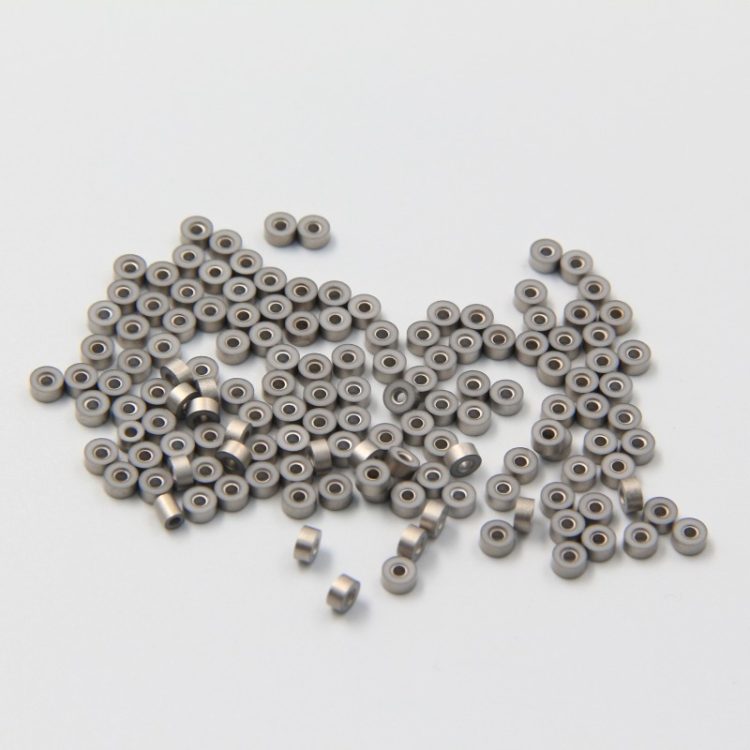When people talk about big energy systems—high-voltage equipment, power grids, or even the complicated hardware behind renewable power—few ever mention Metallized Ceramic Feedthroughs. Yet, these quiet little parts do a huge job.
A very important job.
They sit at the point where electricity needs to pass from one sealed environment to another. Simple idea. Tough conditions. And that’s where their real strength shows.
Why Energy Systems Need Something Better Than Ordinary Connectors
In the energy and power sector, things get messy fast. High temperature. High voltage. Pressure changes. Vibration. Sometimes all at once.
A weak connector simply doesn’t survive here. So, engineers rely on Metallized Ceramic Feedthroughs, because the ceramic body gives strong insulation, while the metalized surface allows a secure bond with metal components. It sounds straightforward, but it solves a long list of headaches—electrical leakage, thermal stress, sealing failures, corrosion, and so on.
In short, energy systems need something tough. And these are tough.

High Voltage Equipment: Where Failures Are Not an Option
Think about transformers, switchgear, power converters, and large industrial inverters. Inside, electricity moves through sealed chambers—sometimes filled with insulating gas or operating in partial vacuum—where any leak can cause real trouble.
A Metallized Ceramic Feedthrough acts like a stable “bridge” that takes a signal or current through the wall of the enclosure without letting the internal environment escape. The ceramic keeps everything electrically insulated, even at high voltage. The metalized layer keeps the bond strong, even when the equipment heats up or cools down.
One weak seal can shut down a whole station. This tiny component prevents that.
Power Electronics and Thermal Stress: A Daily Challenge
Modern power electronics run hot. Really hot.
Converters and rectifiers working in renewable energy systems, electric vehicle charging stations, or industrial automation are pushed close to their limits.
Here’s where the ceramic part matters. It doesn’t fatigue easily under thermal cycling. It expands slowly and evenly. While plastics would deform and metals alone might short out, Metallized Ceramic Feedthroughs stay stable. They don’t drift. They don’t melt. They don’t warp.
That stability translates into long service life.
And long service life translates into lower maintenance downtime.
Harsh Outdoor Environments: The Weather Never Takes a Day Off
Power infrastructure lives outside. Sometimes in freezing wind. Sometimes in blistering heat. Sometimes buried underground for decades.
The ceramic body stands up to moisture, salt spray, temperature swings, and chemical exposure in a way that many other materials simply can’t. The metalized surface doesn’t peel or flake when properly manufactured. The seal stays tight. The insulation stays strong.
You install it once. You expect it to last.
That’s why the power industry uses it.
Why Metallized Ceramic Feedthroughs Matter for the Future of Energy
The future of power is moving toward higher efficiency, higher density, and higher reliability.
Renewables, smart grids, electric transportation—everything is getting more demanding.
As systems grow more complex, the small components become even more critical, and Metallized Ceramic Feedthroughs offer a rare combination of durability, insulation, and long-term sealing. They support higher voltages, survive tougher environments, and protect equipment that the modern world depends on.
They may be small. But they carry a lot.